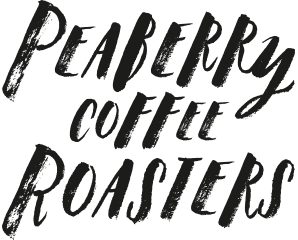Getting an espresso machine is only the first step to making coffee shop quality espresso at home. We also have to learn how to calibrate our machine properly in order to get shots with a perfectly balanced flavour. Not too sharp and not too bitter.
Here I’m going to explain how to dial in an espresso machine so you can brew consistently delicious espresso shot.
Understanding Extraction and How it Affects Flavour
Before we go through the practicalities of pulling espresso shots, let’s just go through what extraction is, and what it actually means when an espresso shot is over extracted or under extracted.
Extraction refers to how much of your ground coffee is dissolving into your water when you brew. Factors that affect extraction include:
- Your coffee’s grind size: A finer grind will increase extraction as more of your ground coffee’s surface area comes into direct contact with your water.
- Your espresso’s brewing time: Longer brew times mean more extraction as your water has more direct contact time with your ground coffee.
- Your brewing water temperature: The hotter your brewing water, the faster extraction will occur.
Although it's intuitive to think of extraction as affecting your coffee’s strength, and hence assuming that a less extracted espresso will taste weaker than a more extracted one, the relationship between extraction and flavour is a bit more complicated than this.
The sweeter compounds in coffee take slightly longer to extract than sharper ones, with bitter compounds taking even longer to extract than sweeter ones. This means that:
- Under extracted espresso will taste sour since the sweeter compounds that balance this sharpness have not been extracted into our water.
- Over extracted espresso will taste overly bitter as too many bitter compounds have dissolved in our brewing water.
Now we’ve gone through the basics of what we're aiming for with espresso, and why things can go wrong, we can talk about how to pull perfectly balanced shots with your espresso machine.
Brewing The Perfectly Balanced Shot With Your Espresso Machine
1) Start With a Fixed Ground Coffee Dose
We want the amount of ground coffee that we brew with to be the fixed variable that all our other independent variables (such as final espresso volume and grind size) attach to.
Our ground coffee dose should be determined by our portafilter basket size.
We want there to be a minimum 2mm (about the width of a 10p coin) of space between the top of our coffee puck and the top of our portafilter basket after we tamp. This space is often referred to as “headspace”.
If our portafilter is overfilled then the top of our coffee puck will mash into our brew head when we lock in the portafilter, and this will cause our puck to not be level.
Once we know how much coffee we need to achieve this desired amount of headspace, we repeat these doses either by weight or by time if we have a timed espresso grinder.
2) Pull Your Shot with a 2:1 Brew Ratio
You want to pull your espresso shot so that you end up with twice as much liquid in your cup, as you do ground coffee in your portafilter.
So for example, if you have 18 grams of ground coffee, you want to end up with 36 grams of espresso in your cup.
It's best to weigh out your espresso shot, rather than measure it by volume. This is because an espresso’s crema will significantly add to its volume without actually increasing the amount of liquid in your cup.
You’ll therefore want to brew with scales under your cup during this initial calibration phase. Once you have pulled a lot of shots you can start doing this by eye.
3) Initial Taste Test
Now you want to taste your espresso. How does it taste?
- If it's too sour then you want to grind your coffee finer. Your coffee has been under extracted. Grinding finer will generally increase extraction.
- If you immediately want to drink water after your shot then you want to grind coarser. Your espresso is over extracted, grinding coarser will generally reduce extraction.
The only exception to this rule is if your espresso barely dribbles out of your portafilter and is still sour, or if it starts running out slowly and then noticeably speeds up towards the end of your shot.
In that case your espresso is likely channelling, and you’ll want to grind coarser regardless of how it tastes.
4) Make Grind Adjustment and Taste Again Until You Hit Your Sweet Spot
The key when making this adjustment is to keep every other variable consistent. This includes:
- Ground coffee dose
- Brew ratio
- Tamping pressure (as far as you can possibly keep this consistent)
Bear in mind that as you grind finer, you’ll need a larger mass of ground coffee to achieve the same amount of headspace in your portafilter. Its headspace that ultimately matters, rather than ground coffee weight.
As you grind finer, you should notice that your espresso comes out of your portafilter more slowly, making your shots take longer to pull. Take note of how your espresso flows out of your portafilter, and roughly how long it takes to pull each shot
If you know what your ideally extracted espresso “looks” like flowing out of the portafilter, you’ll be able to calibrate new beans much quicker next time.
Should I Aim For a Specific Shot Time?
You’ll see a lot of people saying that you should try to pull your espresso shot from your espresso machine in a specific amount of time (usually 25-30 seconds). While a well extracted shot tends to take this long to pull, we need to remember that were aiming for a delicious espresso, rather than for a specific shot time.
We therefore want to judge our espresso by taste, rather than by shot time. It’s still useful to know how long our good shots take to pull so we can diagnose the more obscure espresso brewing issues, such as channelling.
What If I'm Using Pre Ground Coffee?
The method I’ve outlined here revolves around you adjusting your coffee’s grind size until you get an espresso you enjoy. If you don’t have a grinder, then you obviously cannot do this.
You can still pull a good espresso with pre ground coffee, but I’d recommend using pressurised portafilter baskets rather than non pressurised baskets.

Pressurised portafilter baskets ensure that you brew at a certain pressure regardless of grind size.
While it does lower your espresso quality ceiling a bit, you’re still likely to brew a better espresso with pre ground coffee using pressurised baskets than using non pressurised baskets since you cannot calibrate your shots in the way I’ve outlined above.
Wrapping Up
Great espresso comes from trial and error, keeping as many variables consistent as you possibly can, and tweaking grind size until you get the taste that you want.
If you’re starting your espresso making journey then we’d recommend our Honduras Coffee as its rich flavour makes it ideal for brewing into an espresso.


